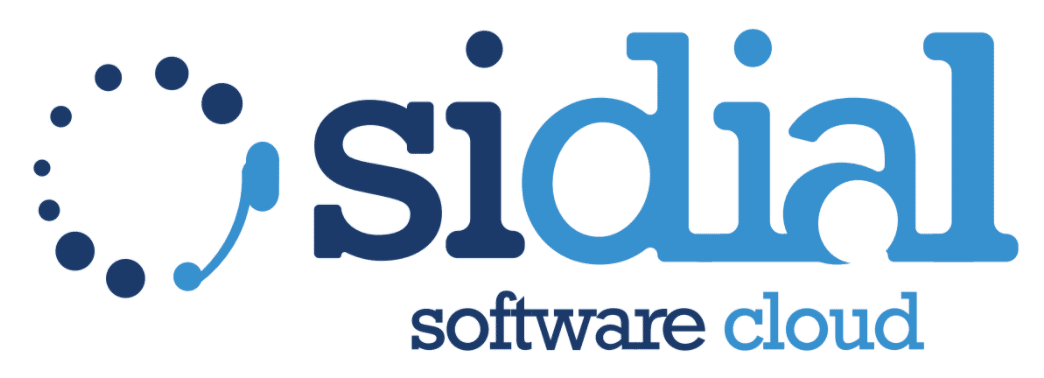Whether it’s an inbound call center or an outbound one, various techniques and strategies can be employed to monitor and improve the quality of service offered. These methodologies focus on optimizing processes, training staff, and analyzing statistics and data to ensure excellent customer service.
Effective Techniques for Monitoring and Enhancing Service Quality in Your Call Center
Here are some practical strategies to apply to maximize your contact center’s performance:
- Continuous training and skill development: Ongoing and targeted training is essential to ensure call center operators are always up-to-date on best customer service practices. Regular workshops, role-playing sessions, and constructive feedback help develop effective communication skills and handle challenging situations professionally.
- Regular monitoring and feedback: Regular performance monitoring of operators, through call listening and evaluating interactions with customers, is crucial. This allows for timely and personalized feedback, encouraging continuous improvement and adaptation to new challenges.
- Setting service standards and KPIs: Clearly defining service standards and Key Performance Indicators (KPIs) helps maintain a consistent quality level. Indicators such as average response time, first contact resolution rate, and customer satisfaction can be measured and analyzed to assess service effectiveness.
- Analyzing customer feedback: Regularly collecting and analyzing customer feedback provides valuable insights into service perception. Through surveys, online reviews, and direct feedback, it’s possible to identify strengths and areas for improvement, adapting service strategies accordingly.
- Promoting a customer service culture: Creating a company culture that values customer service helps motivate staff and ensures every team member is committed to providing a quality experience. Recognitions and incentives for exceptional performances can also help keep team morale high.
- Efficient resource management: Optimizing resource allocation, such as scheduling work hours and managing call loads, ensures the call center can effectively handle customer requests without overburdening operators.
The Importance of Cutting-Edge Cloud-Based Call Center Software
Adopting call center software based on cloud technology with advanced functions has become an indispensable choice for those aiming to improve the efficiency and effectiveness of their customer service.
Cloud-based call center software offers a series of strategic advantages over others. Flexibility, scalability, and accessibility are just a few of the features that make this type of solution ideal for both inbound and outbound call centers.
In an inbound call center, where the focus is on managing customer requests, effective software can reduce waiting times and improve the quality of interactions. In an outbound call center, where the emphasis is on telemarketing and teleselling campaigns, advanced software can help optimize communication strategies and increase conversions.
Key Features Call Center Software Must Have
Here are some key functionalities that call center software must possess to maximize service quality:
- Call recording: This feature is essential for monitoring the quality of conversations, providing constructive feedback to operators, and ensuring regulatory compliance. Call recording also allows for replaying interactions for training purposes or to resolve disputes.
- Analytics and statistics: Software equipped with a statistics tool and analytics can provide important data on metrics like average response time, customer satisfaction, and operator performance. All crucial information for identifying areas for improvement.
- Multichannel management: A modern contact center software should support integrated management of various communication channels, such as phone, email, chat, and social media.
- Automation and artificial intelligence: Integrating AI solutions, like chatbots and interactive voice response (IVR) systems, can enhance service efficiency, reducing the workload on operators and providing immediate responses to customers.
The Benefits for Inbound Call Centers
In an inbound call center, advanced software can be used to create a more efficient queue management system, reducing customer waiting times.
Call recording helps evaluate the quality of service provided and trains operators. Moreover, analyzing interactions allows for identifying recurring questions or common problems, guiding the continuous improvement of the service.
The Benefits for Outbound Call Centers
For an outbound call center, choosing the right software is equally important. This allows for automating and personalizing call campaigns.
Data analysis can further help optimize the customer target. Recording and analyzing calls provide valuable insights into the effectiveness of sales techniques and customer reactions.

